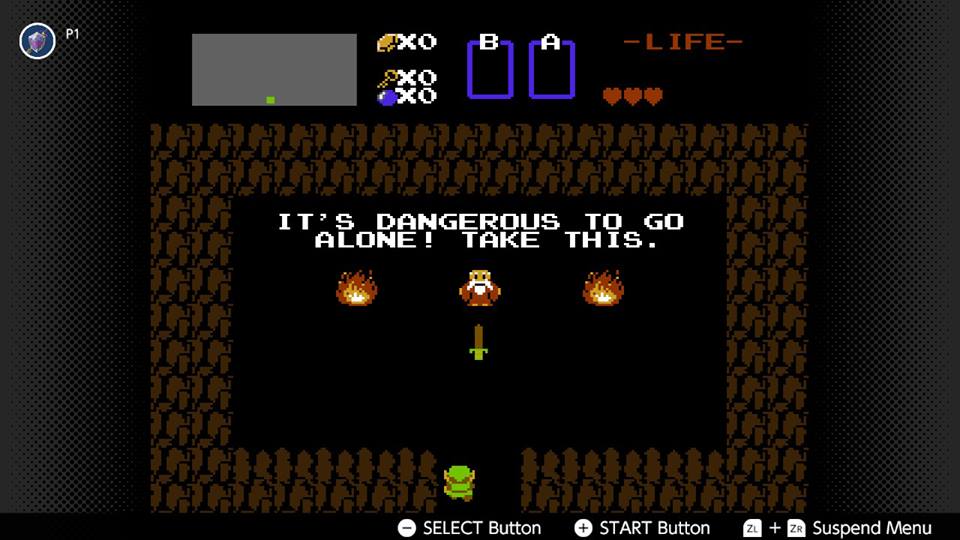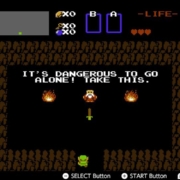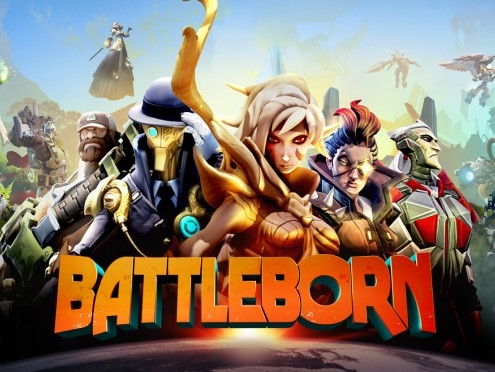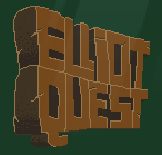
As a video game writer, you will draft mission scripts, battle dialogue, in-game text, and maybe a trailer or two. Hopefully you’ll have a seat at the table during pre-production, and throughout development you’ll work alongside designers creating missions. But you won’t tell the story, not by yourself, anyway. fffff
Video game development is a hilariously complicated endeavor. How dramatically a story can be shaped by time and resources still amazes me. As a game writer, you should be ready to solve production problems with creative story and character solutions. Reason being — it takes tons of developers working in tandem to create a new character or to put together a single mission.
At the end of the day, AAA video game storytelling is a co-op game, not a solo mission. And you’ll need some storytelling allies on your perilous journey.
Story Allies: Narrative Safety in Numbers
As in any successful co-op party, you’ll need allies of various skills and disciplines by your side. Here’s why:
- Different storytelling perspectives strengthen how a game’s story is experienced by the player.
- Each discipline has expertise in knowing how to use available resources to tell a story.
- More story allies means a greater chance of success during the unpredictable game development journey.
Every story decision you want to make as a writer will require your fellow developers’ time and resources, whether that be a concept artist, animator, 3D modeler, programmer, designer — you name it. Each discipline has some effect on a game’s story and characters, and it’d take quite a few articles to cover them all. But on a day-to-day basis, my story allies almost always include concept artists, mission designers, and level designers.
Concept Artists — Visual Storytellers
Concept artists create first impressions.
If I want to pitch a new character, I almost always reach out to a concept artist first. I’ll send some quotes from the character, a short backstory, maybe some thoughts on what the character looks like. The concept artist will ask a few questions. Does the character have a pet? A tattoo? Where are they from? An hour later, a concept artist will have made an amazing piece of environmental art or character sketch. Concept artists create pure magic, and they’ve taught me a lot about creating characters.
But the most important lesson I’ve learned from working with concept artists is the power of a first impression. Even before your character opens his mouth to say his first carefully-crafted lines, his appearance will tell a player everything he needs to know. In the concept stage, all aspects of a character are explored.
- Shape language and silhouettes (the big read of a character)
- Costuming and accessories (clothing, gear and equipment)
- Personality (via facial expressions or posture)
Because a character’s visual design creates such a powerful first impression, staying in good communication with your concept artists is crucial. Otherwise, the poverty-stricken character you’re writing in secret might end up sporting a top hat. After a character starts down the production pipeline, it becomes more and more costly to change a character’s appearance. Usually, if something’s going to change later in production, it’s your dialogue.
Mission Designers — Interactive Storytellers
Mission designers wield the verbs.
A mission designer views story through the lens of a player’s actions, and how those actions advance the mission. Video game verbs are often seemingly limited, and usually include: go, interact, fight. It’s the context that makes those limited verbs interesting:
- Go to a fun house run by nuns (not a real thing, not part of Borderlands 3).
- Interact with a talking jukebox (ditto).
- Fight the guy who stole your sandwich (no promises, jk).
Mission designers are natural story advocates, though their focus is on a player’s moment by moment experience. Clarity is paramount to mission design. Reason being, if a player doesn’t understand what they’re being asked to do, the next question they’re liable to ask is why they should bother with it. Just as concept artists help a writer create the right first impression, mission designers work to sharpen motive in the interest of both entertainment and clarity.
It took me a long time to truly understand why mission designers are so invested in story. The reason is stupidly simple. A mission designer will play their mission more times than almost any other developer in the studio. They will labor over pacing and wording of every objective. That’s their job! But consider this. If that clever joke you tell that gets a laugh the first time, see how funny it is the tenth time. Or the hundredth.
I try to get drinks with my mission designers as often as possible. It makes it easier when we come to blows later in the week about whether to cut a line or keep it. And in a medium where space is usually tight, a single line can sometimes make the difference between a vivid character and a forgettable one… so you’re gonna need all the space you can get…
Level Designers — Environmental Storytellers
Level designers determine the space.
Of course, they don’t do this in a vacuum. Level designers work with writers and mission designers to plot out story beats. I drop by my LDs’ desks from time to time to ask for a set piece, a blood trail, a crashed ship — any props I might need to sell a mission or character. Some level designers love storytelling, and some don’t. I say this only because, by nature, mission designers have to be invested in story to some degree. But level designers have other masters: exploration and combat.
However, whether they want to be or not, level designers are natural environmental storytellers, because they’re most familiar with the art assets at their disposal to help you tell a story. I’ll come to a level designer and say, “I’d love something super foreboding.” Ten minutes later, you’ve got yourself a half-sandwich on a plate, lathered in blood. Story gold!
The potential conflict between a writer and a level designer often comes down to space, and it’s something I am constantly advocating for. A character needs time to share an amusing anecdote. I’ve got one more joke to squeeze into a mission. Without the proper space to tell your story, you either have to cut back or put the player in a slow-moving elevator, and no one wants that, right? Right? Right…
Cooperative Storytelling
A richer character backstory can enhance the significance of a mission. An extra line here or there might turn a rote fetch quest into something special. That’s what I believe, anyway. Day by day, I roam the office forming story alliances, hoping to recruit my fellow developers to invest their time and resources in the pursuit of memorable characters or unforgettable missions. Fortunately, my fellow developers at Gearbox appreciate how a game’s narrative elements enrich a player’s experience. But as a game writer, you can’t do it alone. Nor should you. So choose your allies wisely!






